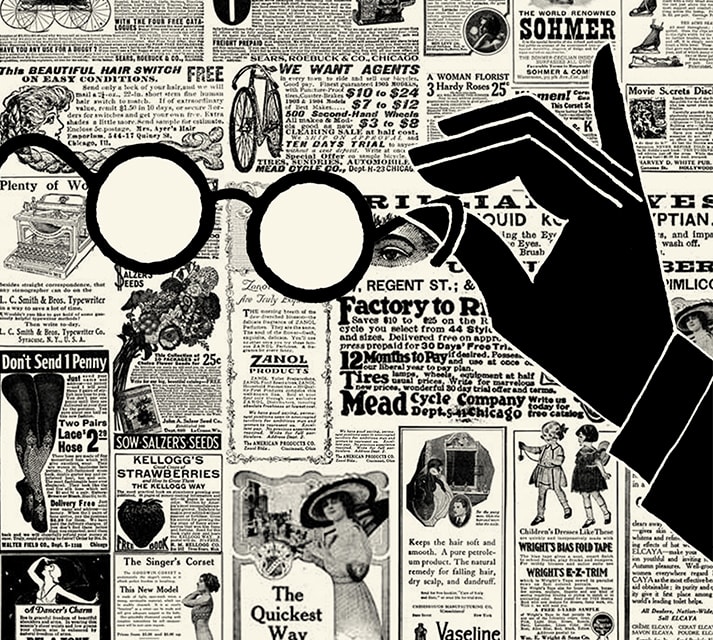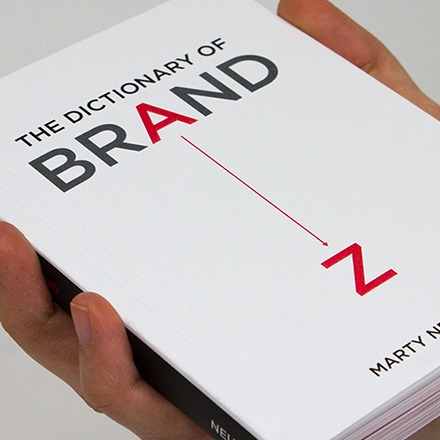Rule #4: See what’s not there
One of the skills that separates a leader from a follower is the ability to see what might be, but so far isn’t. Most people can see what’s already there. You don’t need magic glasses to see that the Eiffel Tower is a popular tourist destination, or that the area of a rectangle is the product of its height and width, or that millions of people will pay extra for a fancy cup of coffee. But you do need magic glasses to see what’s still missing from the world, since by definition what’s missing is invisible.

The trick is to notice what artists and designers call negative space. It’s the plain background of painting, the white space on a printed page, the silence between lines of a play, or the rests within a musical score. In the world of art, these are purposeful elements of composition. In the marketplace, these are crevices that harbor hidden opportunity.
Try these three techniques for finding the negative space in a marketplace, a problem, or a situation:
Sift through threats for hidden possibilities. Every threat carries with it the potential for innovation. The threat of obesity contains the possibility of new kinds of nutrition. The threat of global pollution contains the possibility of new energy sources. The threat of unemployment contains the possibility of new educational models. The list is endless, if you can learn to see what’s not there.
Examine sectors for uneven rates of change. The future is already here, goes the saying—it’s just unevenly distributed. Look for areas that have changed, then look for similar or adjacent areas that have not changed. Look for pockets of resistance to successful new ideas. Chances are, it’s only a matter of time before change comes.
Imagine how a growing trend might affect an established norm. Make a list of nascent and dominant trends, then mentally apply them to industries, businesses, and activities that haven’t changed for a long while. What will the trend towards organic farming mean for fast-food restaurants? What will mobile payments do to retail shopping habits? How might nanotechnology change the energy market? What will always-on computing change the college experience?
To find out what’s not there, think about the job not done, the road not taken, the product not made. These are the magic glasses that let you see the invisible and conceive the inconceivable.
Next week: Ask a bigger question.
The first question shouldn’t be how to, but what to.
The Rules of Genius is now a book with a bonus section called “How can I matter?” that includes 10 essential rules. Buy here.

